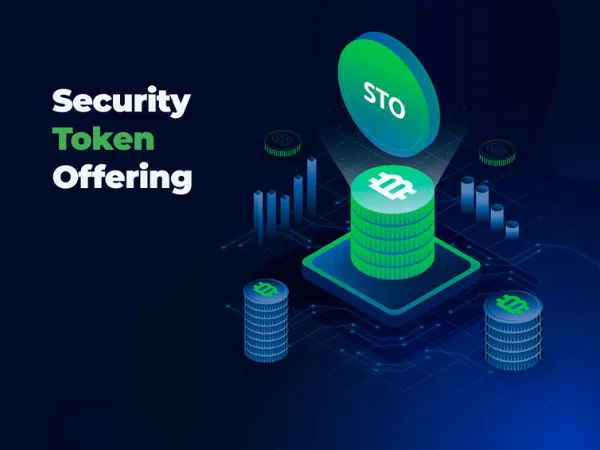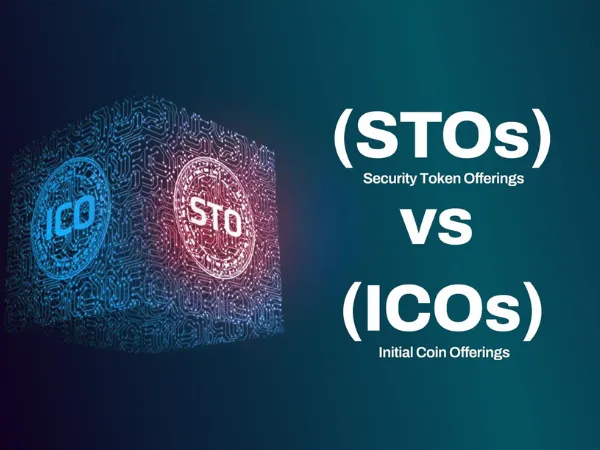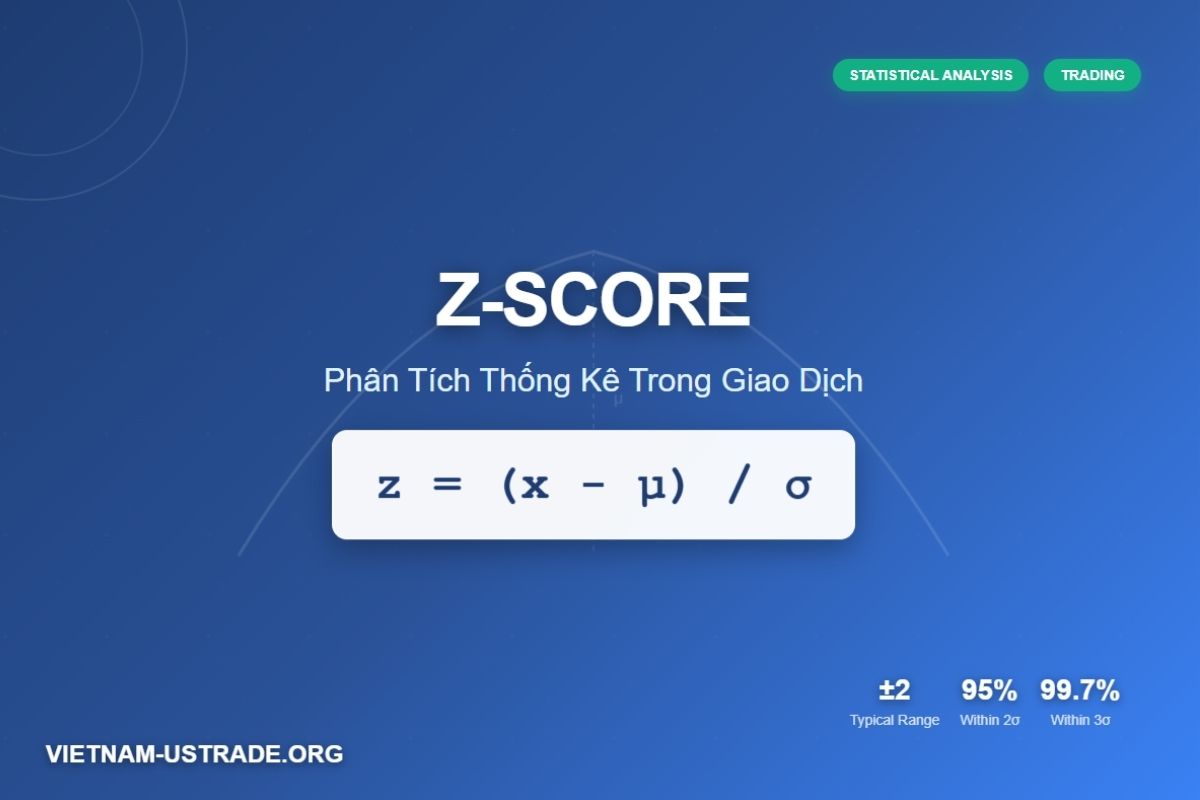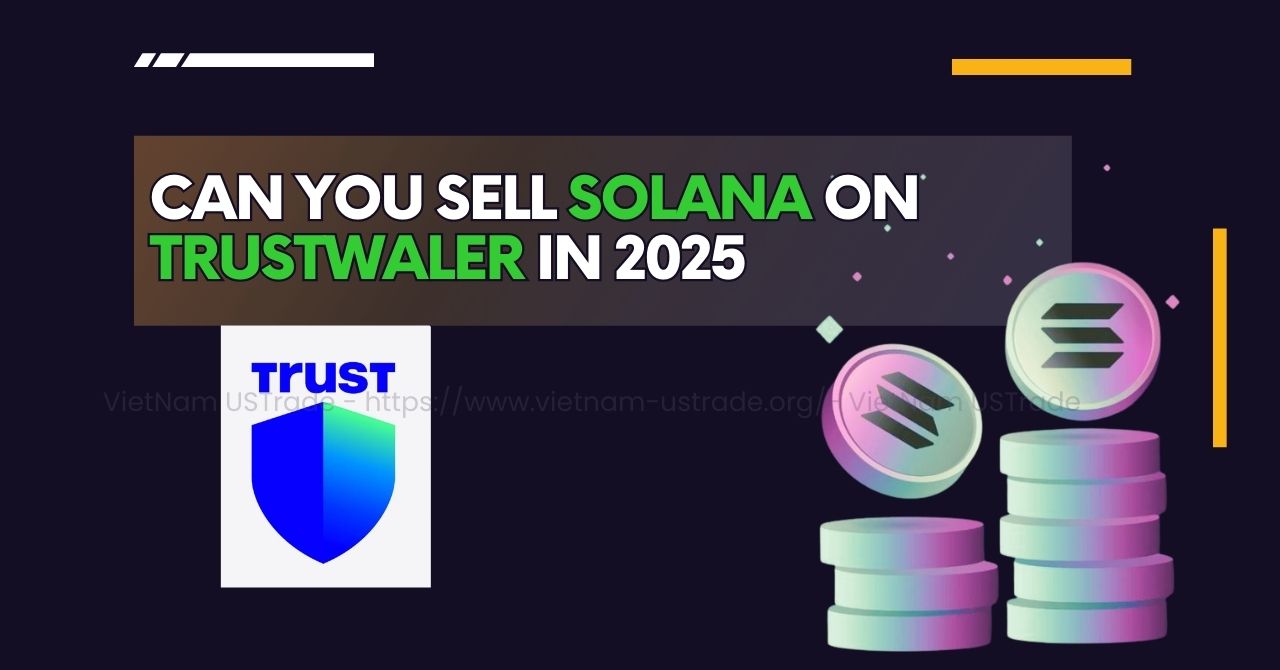In previous articles, Vietnam-ustrade.org introduced ICO and IEO; to continue the series on fundraising methods involving Blockchain technology, today we will discuss STO. Let’s explore what STO is and its pros and cons compared to ICO and IEO in the following article!
What is STO?

STO (Security Token Offering) is a fundraising method by organizations/companies through the sale of security tokens to investors.
These tokens represent an investment contract into tangible assets such as:
- Shares
- REIT
- Bonds
- Funds
Based on the security token, investors will receive dividends, equity, or any revenue or profit that the project or company earns. This shows STO’s similarity to IPOs, with tokens carrying the benefits of Blockchain and Smart Contracts.
In the STO ecosystem, comprising Platform, Projects, and Exchange, specifically:
- STO Platform: Allows tokenization, issuance of security tokens for conducting STO
- STO Projects: Projects issuing their own security tokens through the STO Platform.
- STO Exchange: Trading platforms enabling the presence of security tokens.
What is Security Token?
Security Token: Issued through the STO format, these security tokens are released.
They are typically issued by platforms such as Lition, Own, Swarm, Polymath, etc.
So what are the conditions to qualify as a security token?
To qualify as a Security Token, the following conditions must be met:
- It is a financial investment product
- Investment funds are transferred to the organization/company
- Investors expect that owning this token will generate profits
- Profits are anticipated from a third-party intermediary.
Advantages of STO over ICO

Limitations of ICO
Before discussing the advantages of STO, let’s review some remaining limitations of ICO:
The tokens in ICO or IEO projects are not linked to the company’s value
Market manipulation such as panic selling and price dumping by whales cannot be controlled
ICO projects are not legally bound to be responsible to investors, lacking transparency and safety, which makes many hesitant before investing
Advantages of STO
The STO format was created to address these remaining issues of ICO, offering benefits for investors and issuers, specifically:
For investors
Limiting risks for investors
All projects and issuers through STO must comply with legal regulations, providing peace of mind for participants and eliminating risks like scams and hacking.
If they do not adhere to their Roadmap, STO projects can be fined according to legal regulations.
Establishing investors’ positions in projects:
Owning Security Tokens means owning a part of the project, representing the voice and influence of investors, with the number of tokens proportional to the impact they have in the project.
Unlimited number of investors participating:
With STO, investors can participate from anywhere regardless of their amount of money, and can join multiple STO projects without the strict restrictions typical of traditional stock investments.
Optimizing intermediary and operational costs:
By leveraging Blockchain technology and Smart Contracts, STOs reduce intermediary and operational costs, eliminating fees such as brokers and banks.
Increasing liquidity:
Removing geographical and regulatory barriers, STOs offer many investors the opportunity to access and trade, effectively boosting liquidity.
For STO platforms
Highly professional with a dedicated framework tailored for developing STO products.
For example: Lition is an STO project compliant with the EU Parliament’s GDPR (General Data Protection Regulations).
Security tokens benefit from Blockchain and Smart Contract advantages, overcoming limitations of traditional products like stocks and bonds.
Disadvantages of STO
Besides its notable advantages, STO also has some limitations such as:
Unclear legal framework:
In reality, the legal framework is not yet clear, although it is implied that security tokens are issued in compliance with laws. Since STO is often implicitly considered under the same regulations as IPOs.
Pressures on projects:
Projects face significant pressure to comply with legal regulations and bear major responsibilities, especially when changing plans or facing difficulties.
Limitations of security tokens:
Security Tokens have fewer features and must adhere to strict legal regulations, making them unsuitable as utility tokens within the project ecosystem.
Furthermore, security tokens issued in STO fundraising are linked to the assets of the organization/company, meaning:
- The issuer must be registered and legally recognized.
- The organization must possess assets such as revenue, profit, or physical facilities. However, many startups may find it difficult to value their tokens based on profits due to limited revenue sources, presenting a major challenge for those applying STO funding.
Conclusion
This article about STO aims to provide useful information regarding the concept, advantages, and disadvantages of STO compared to ICO, helping you make appropriate investment or startup decisions. Wishing you success with STO.
Read more:
What is ICO?
What is IEO?





